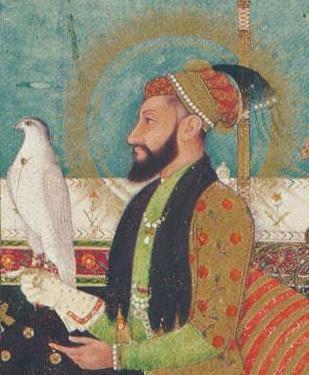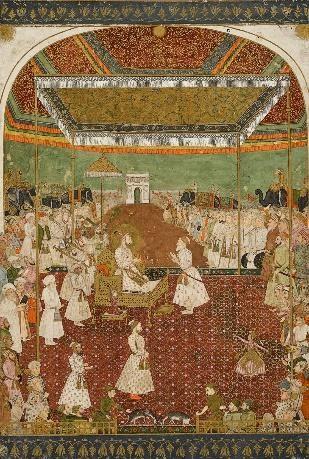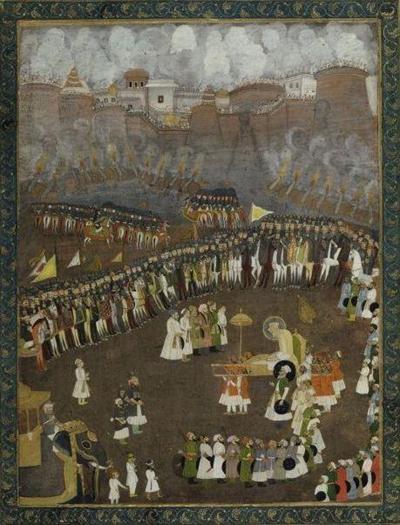PDF chapter test TRY NOW
Mughal Empire under Aurangzeb: (1658 – 1707)
- Aurangzeb ascended the throne after killing his three brothers Shuja, Dara and Murad, and also imprisoned his father, Shah Jahan, who died the prison. He was one of the longest ruled emperors in the history of India, as he ruled for 48 years.

Aurangzeb
- Aurangzeb was a war-mongering ruler of the Mughal empire who followed the policy of expansionism and let go of the policy of religious tolerance, as he didn’t entertain any other religion or culture other than Islam.
AURANGASEB: He adopted titles like “Alamgir – the conqueror of the world” and later also took the title of “Xinda Pir”.
The Peculiarity of Aurangaseb:

Aurangzeb
- Aurangzeb had a distinct character among the Mughal emperors who changed the course of administration that was existed for a long time. Some of the practices he put in place during his reign are discussed below.
ALAMGIRNAMA: This book was written by Miras Muhammad Qasim , which speaks about the rule of Aurangzeb.
- The emperor abolished the Departments of official history.
- Playing music in his court was forbidden.
- Intoxication of liquor and cultivation of Bhang and other drugs were prohibited.
- Stopped the practice of “Jarokha Dharshan - ruler appearing in front of the crowd”.
- Festivals like Dusshera and Navros were stopped under his reign.
- Banned the practice of building new Hindu temples.
JISIYA: It is a pilgrimage tax paid by the Hindu people under the Mughal empire. This tax was re-imposed on Hindus by Aurangaseb in 1679, which Akbar earlier cancelled.
The expansionary attitude of Aurangaseb:
- His regime witnessed constant rebellions from all corners as he fought and suppressed the rebels of North India. Satnami, Jats, Sikhs, and the Bundela’s forged an alliance with each other and rose against the Mughal emperor, who brutally crushed them.
GURU TEJ BAHADUR: He was the Ninth Sikh guru and the contemporary of Aurangzeb. He was later killed by the Mughal ruler.
- The killing of a Sikh guru further angered the Hindu sect and its rulers, who rose against the ruler from various kingdoms to end his reign.
- He also waged battles in the east with the Kingdom of Ahom, where the ruler was unable to suppress them totally and bring Eastern India under his control.
Aurangzeb vs Rajputs:
Aurangzeb in Deccan:

Aurangzeb is ready for the Battle.
- Aurangzeb marched towards Deccan in 1689 to put an end to his warring son and his allies. A formidable enemy welcomed the Mughal ruler in the face of the Marathas who were ruling the areas of Deccan and Maharashtra.
MARATHA: The Marathas were ruled by an Independent ruler named Shivaji who proclaimed himself as the King of Marathas in 1674\ and also assumed the title “Haindav Dharmodaarak – protector of Hindus”.
- Aurangzeb faced stiff opposition from Shivaji, as he could not defeat him as such, but in the meantime Aurangaseb made inroads into the Deccan sultanate by capturing Bijapur and Golconda in 1686\ and 1687\ respectively.
- He managed to capture Shambaji, the son of Shivaji and executed him to show his might, which led to the ultimate war in Deccan and resulted in the death of the Mughal emperor in 1707.
